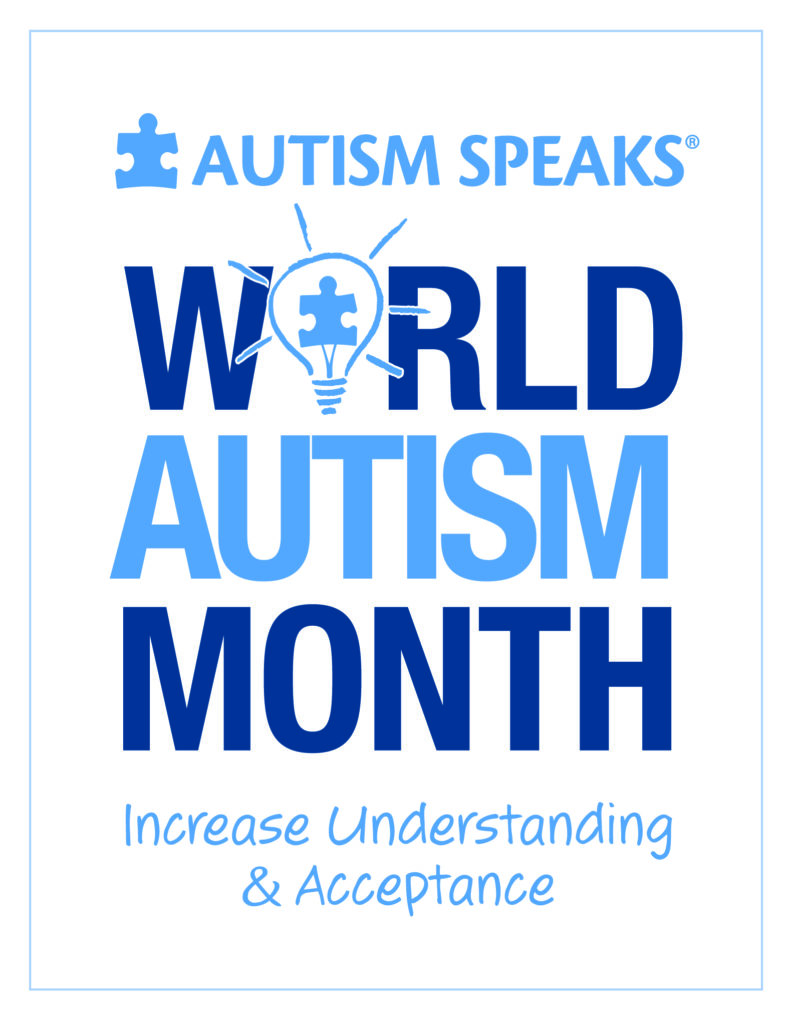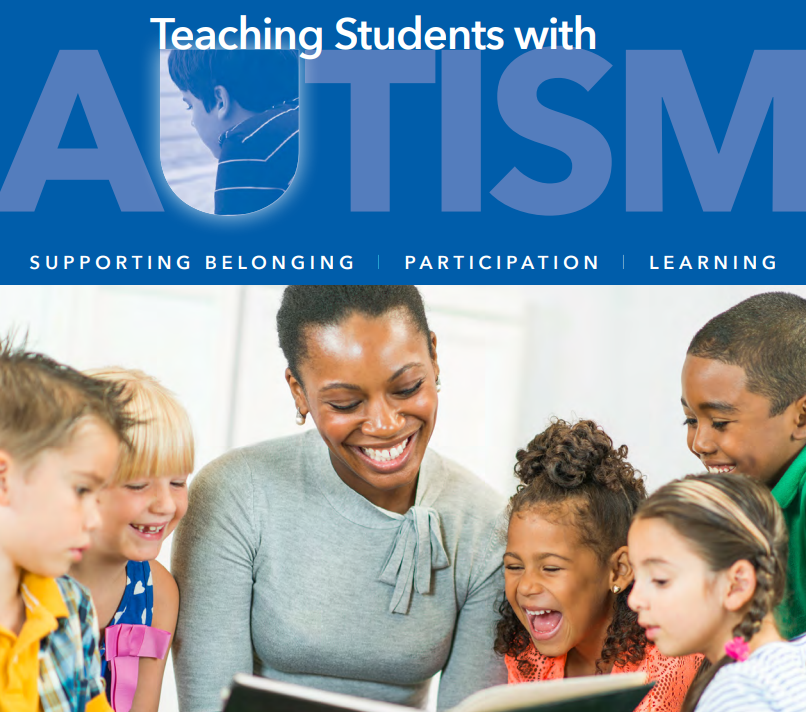Autism affects an estimated 1 in 59 children in the United States and more than 70 million people worldwide. In the continued effort to build awareness of autism and create a more inclusive world, millions worldwide are celebrating World Autism Awareness Day today and working to increase global understanding of autism during World Autism Month, commemorated every April.
Sanctioned by the United Nations, World Autism Awareness Day highlights the need to help improve the quality of life of those with autism so they can lead full and meaningful lives as an integral part of society.
“On World Autism Awareness Day, we speak out against discrimination, celebrate the diversity of our global community and strengthen our commitment to the full inclusion and participation of people with autism,” said United Nations Secretary-General António Guterres.

Autism advocacy organization Autism Speaks produced a resource guide for World Autism Month to increase understanding and acceptance and foster support for the condition that affects about 1 percent of people worldwide. According to the Centers for Disease Control, an estimated 3 million Americans are diagnosed with an Autism Spectrum Disorder (ASD) : 1 in 37 boys and 1 in 151 girls. ASD affects all ethnic and socioeconomic groups equally, though minority groups tend to be diagnosed later and less often. Early detection and intervention is crucial to providing the best supports to people diagnosed with ASD.
Since autism is a spectrum disorder, each person with autism has a distinct set of strengths and challenges, according to Autism Speaks. The ways in which people with autism learn, think and problem-solve can range from highly skilled to severely challenged. Some people with ASD may require significant support in their daily lives, while others may need less support and live entirely independently. Indicators of autism usually appear by age 2 or 3, though some associated development delays appear earlier–often as early as 18 months.

As the number of children being diagnosed with autism has increased substantially, so has the need for educators who understand their complex communication, social and learning needs. NEA has created a toolkit for K-12 educators outlining best practices for teaching students with ASD, capitalizing on their strengths, providing supports to address their challenges and facilitating positive social relationships among students with and without autism.
“As professionals who believe in children and are committed to unlocking their potential, we want to make sure all of our students have exactly what they need—especially understanding—to be exactly who they are,” said NEA President Lily Eskelsen García.
The Discussion 0 comments Post a Comment